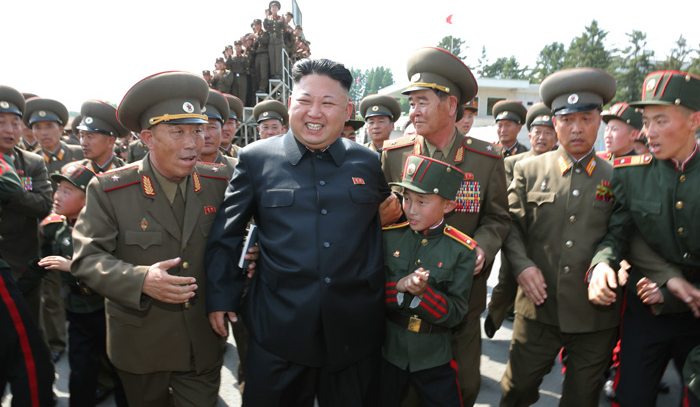
Kim Jong-un is a real problem. To truly appreciate the North Korean threat, you have to understand the geography of the Korean peninsula.
Years ago, I had a meeting fall apart at the last minute on the back end of a business trip to Seoul. I’d been to South Korea lots of times, but never had any down time to mess around. Our local sales person graciously offered to kill the day with me.
“Have you ever been to the DMZ?” she asked.
“The what?” I replied.
“The border between North and South Korea,” she said.
“Um … nope,” I said, wondering if I was missing something. “Why, is that like a thing?”
“You’ll see,” she said.
I saw.
Turns out, the North Koreans had dug a whole bunch of large tunnels – big enough for tanks and heavy artillery – beneath the heavily mined, two and a half-mile wide demilitarized zone. Had they not been detected and closed off, a million troops could have invaded Seoul in a matter of hours.
For all I know, they still can. But that’s not the problem.
The tour included a trip through one of the tunnels, a fascinating view of the DMZ and a meet-and-greet with some of the 35,000 American troops currently stationed there. We also visited a monument commemorating the nearly two million U.S. soldiers who fought in the Korean War.
There were street vendors at the site. One was selling bugs, slow roasted in a giant wok-like thing. We eat popcorn, pretzels and peanuts. They eat roasted insects. Whatever. All I know is, they were crunchy. But I digress.
Just 35 miles from the border lies Seoul’s sprawling metropolitan area, home to 25 million people, not to mention corporate behemoth Samsung. That’s why the prospect of war with North Korea is not feasible. Even if a first strike were flawlessly executed, Pyongyang might still get some missiles off, kill countless innocent people and American troops, and cripple the nation’s economy. A protracted conflict could be much worse.
That’s the problem. If Kim Jong-un’s threats of long-range missile strikes on U.S. cities makes you nervous, imagine living in Seoul.
Image credit Prachatai via Flickr